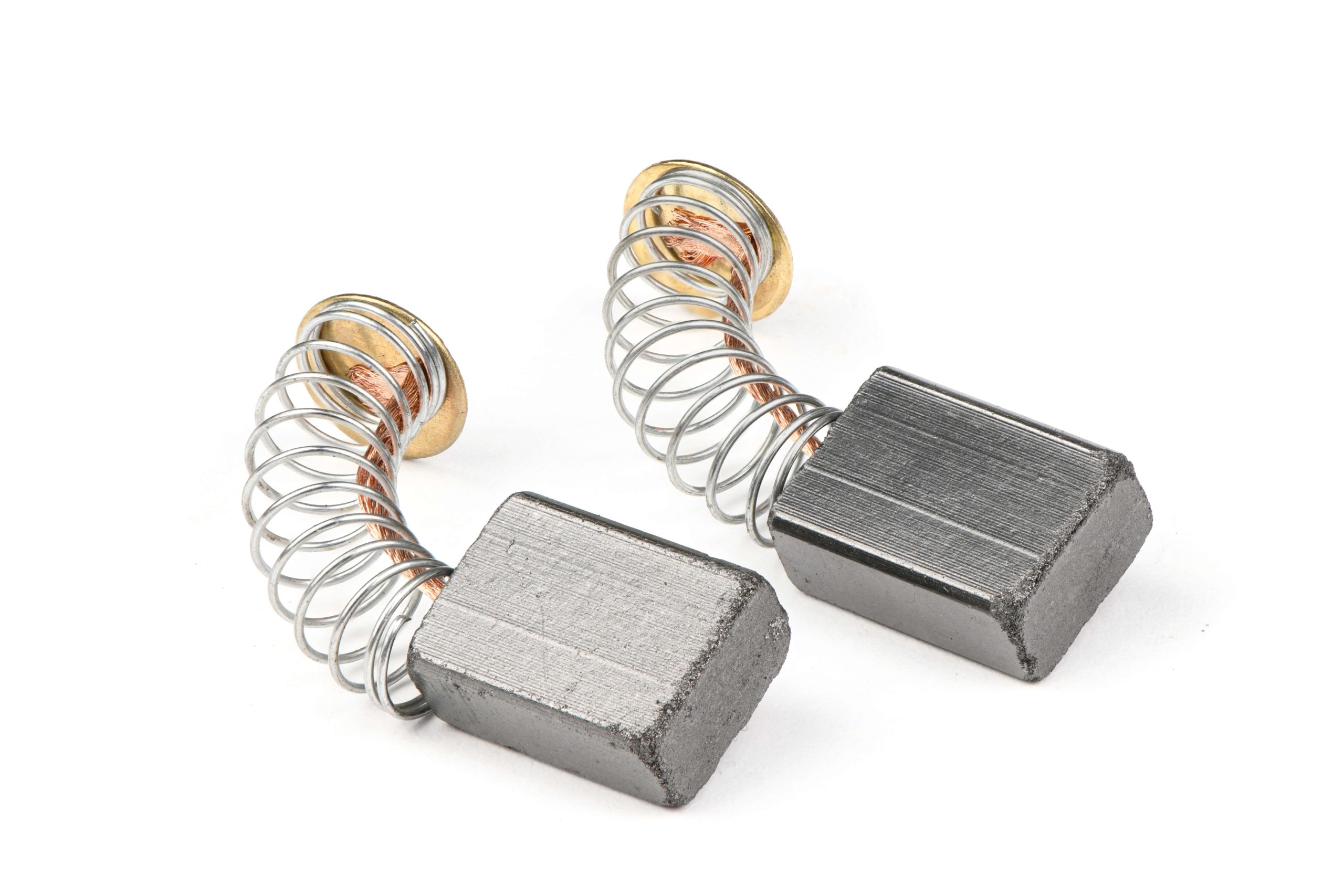You’ve probably heard of the term carbon brushes if you’re working with electric motors. A carbon brush is a square of carbon that carries current through electric motors, which means that without it, an electric motor won’t work. Carbon brushes are made of wire and other additives. Here’s a short guide on the kinds and uses of carbon brushes.
Kinds of Carbon Brushes
There are four main categories of carbon brushes, which include metal graphite, graphite, electro graphite, and carbon graphite:
- Graphite. These brushes are created by combining either natural or artificial graphite with resin or pitch. Usually, these brushes are used in commutators and slip rings. They are great for use in contaminated environments due to their high densities and porous qualities.
- Electrographic. This type of carbon brush is known for its longevity and use for commutators. This type of brush is created in high temperatures and treated with organic or inorganic material to improve durability. Additionally, this kind of carbon brush is excellent for use in various operating environments, especially at high environments. You can also learn more about electrographic carbon brushes uses on sites like didyouknowhomes.com.
- Metal Graphite. These brushes are made by adding fine metal powders such as tin, lead, copper, and silver to graphite. These are usually used in forklift truck motors, battery chargers, plating generators, DC machines, or plating generator. Its low resistivity makes it a versatile carbon brush with different uses.
- Carbon Graphite. This kind of brush is ideal for use on older and slower machines with speeds of, at most, 4000 ft per minute. Graphite brushes are usually used in metal contacts and bases and aren’t used in commutators because of the high friction they produce.
Shops like Topdealsonline.shop sell carbon brushes, if you’re looking for a replacement or you are keen on getting one.
Uses of Carbon Brushes
They are used by connecting them to the moving parts of a device as these provide electric current. Aside from being commonly used in motors, generators, and alternators, here are some other uses:
- Household Applications. Carbon brushes are part of common items you have at home such as power tools that you frequently use for home repairs, gardening, and office equipment. They are used in washing and drying machines, vacuum cleaner turbines, and hair dryers. However, household appliances use smaller carbon brushes compared with industrial and automotive applications. For their small dimensions, a carbon brush is usually placed inside the battery-operated motors that are created to transmit power silently.
- Automotive Applications. Cars often use them for starters, alternators, and DC motors. Those required for automotive applications are used to provide current to the wire coils in alternators, which work by converting mechanical energy into electrical energy. Motorcycles, trucks, and passenger vehicles use alternators. There are also types specifically used in steering wheels or in contacts for airbags. Carbon brushes are also used in powering trolleybuses, battery-driven cars, or cable cars. Forklift trucks and cranes also use carbon brushes. Brushes for industrial uses are created to endure extreme temperatures.
- Industrial Applications. The industrial applications include using these on commutator machines, including on traction motors, AC and DC motors, windmills, slip ring rotors, turbo-generators, hydropower stations, and cement mills.
Final Thoughts
Carbon brushes are used for various applications to transmit electricity to the moving parts of a device or machine. Applications range from household to industrial uses. Because of their contact with moving parts, they are more prone to wear and tear due to friction. Thus, if you need replacements, ensure that you find one of high quality.






